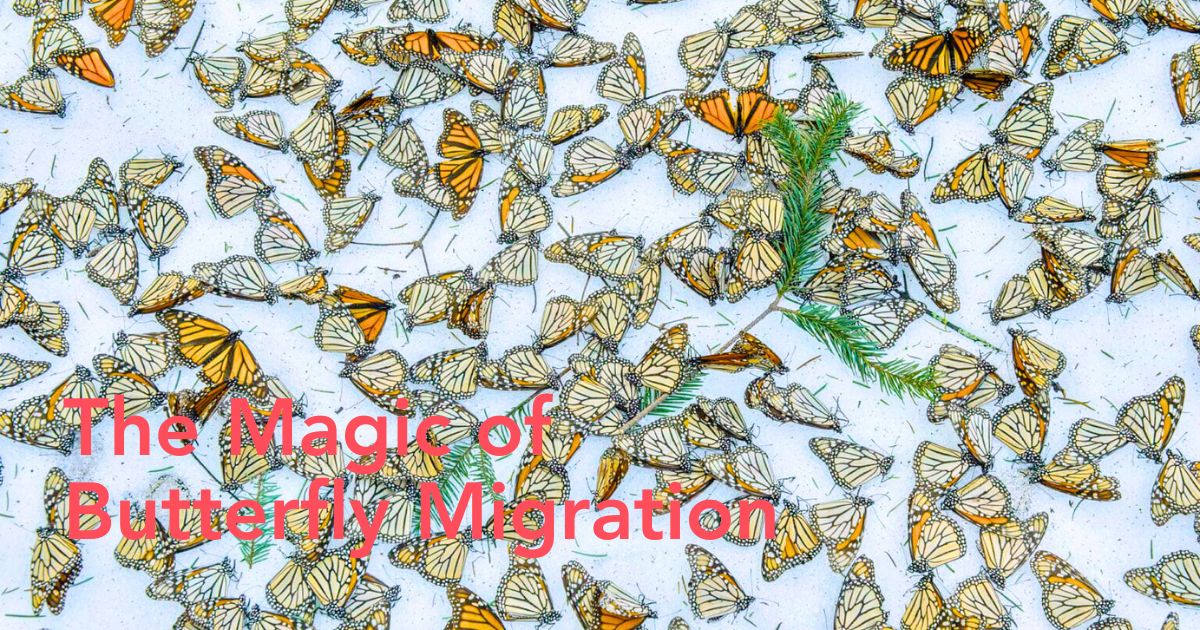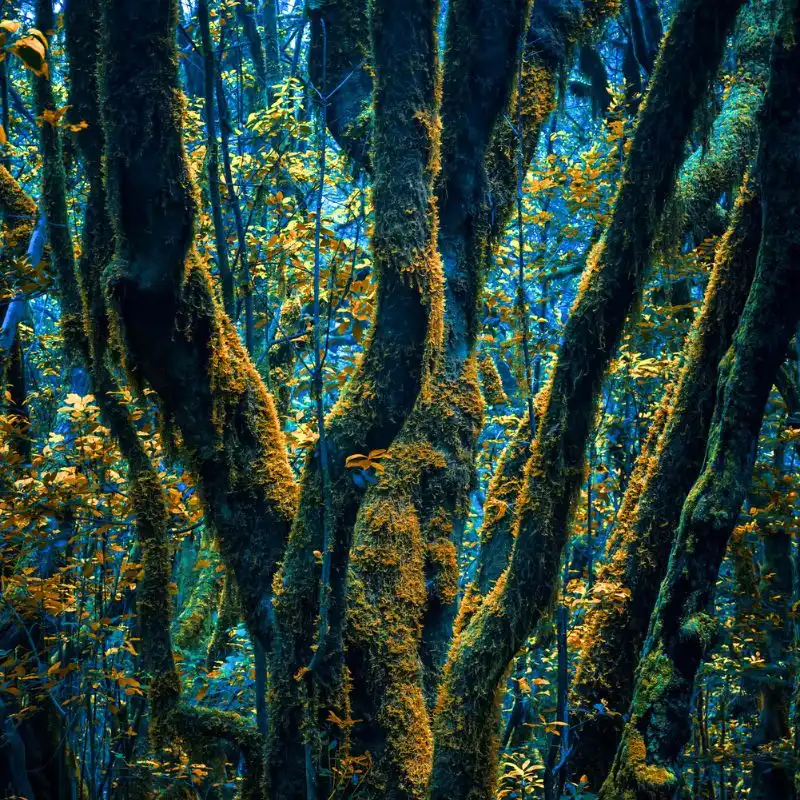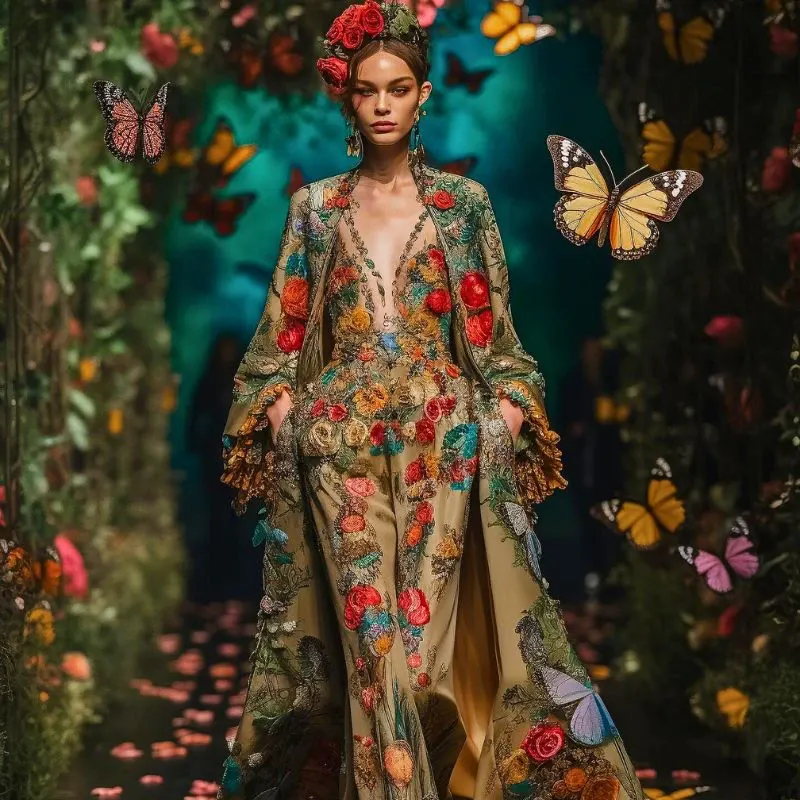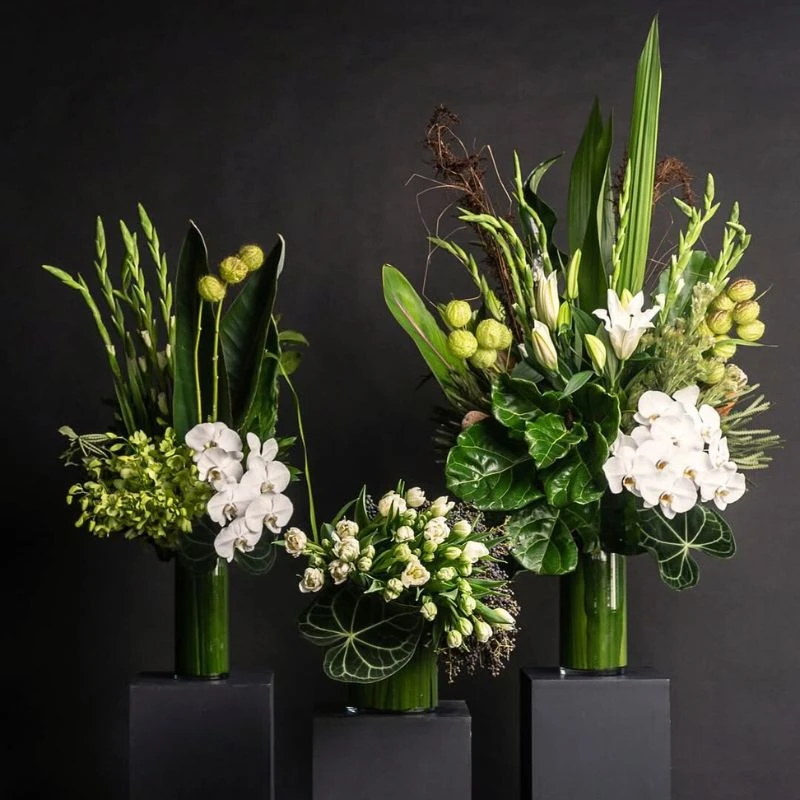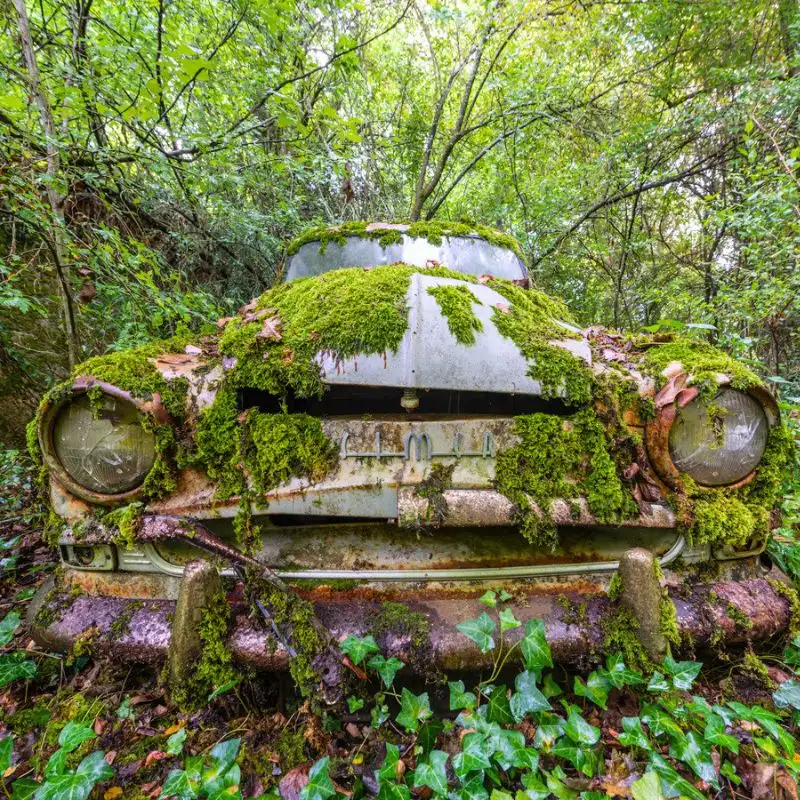The Amazon is a crucial and increasingly endangered component of our global ecosystem, supporting over 40,000 plant species, 1,300 different types of birds, and millions of insects. Through its yearly print sale, non-profit organization Vital Impacts raises money for the preservation of the rainforest by showing the incredible diversity and beauty of the environment and wildlife around the world. This year, also with the help of National Geographic photographer Jaime Rojo and his pictures of Monarch butterflies.
Saving the Monarch Butterflies in a Campaign by Jaime Rojo
Few insects have captured our imagination like the Monarch Butterflies. Their migration is one of the most iconic wildlife spectacles in North America, but their population has declined by 90% in the last four decades. From farmers to indigenous communities, from scientists to volunteer citizens, hundreds of people across North America are working to reverse this alarming trend and create a new future for Monarchs. Purchases of these fine-art photographs will support their critical work.
This year, in addition to the fundraiser featuring work by more than eighty photographers, the program has launched the 'Saving the Monarchs' campaign, displaying the work of award-winning National Geographic photographer Jaime Rojo. With the Monarch butterfly population declining by 90 percent in recent decades, efforts are underway to protect their habitats and ensure their survival, says Vital Impacts.
The Fascination of Jaime Rojo for Monarch Butterflies, Fauna, Flora, and Overall Nature
Rojo has been taking pictures of the amazing insects for twenty years, following their yearly journey across North America. The famous butterflies spend the winter in Mexico, or California for those west of the Rocky Mountains, and then come back north in the summer to deposit one egg on a milkweed plant.
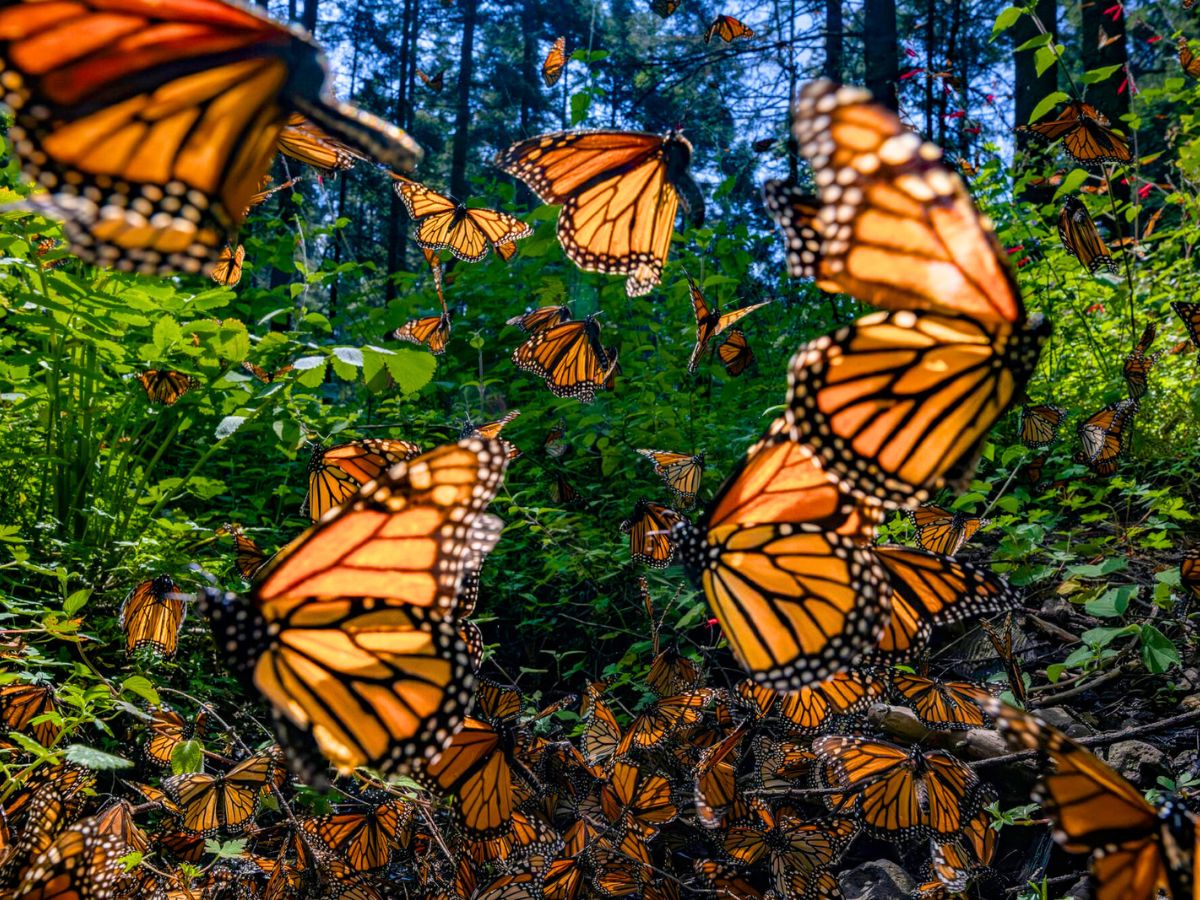
A little larva emerges following the egg cycle, which lasts three to five days, depending on the temperature. It develops distinctive black, white, and yellow stripes as a result of repeatedly shedding its skin as it grows. When fully grown, the larva encases itself in a pupa, weaves a silk mat, and inserts a stem into the mat to hang on. The adult Monarch appears with bright orange and black wings after around eight to fifteen days.
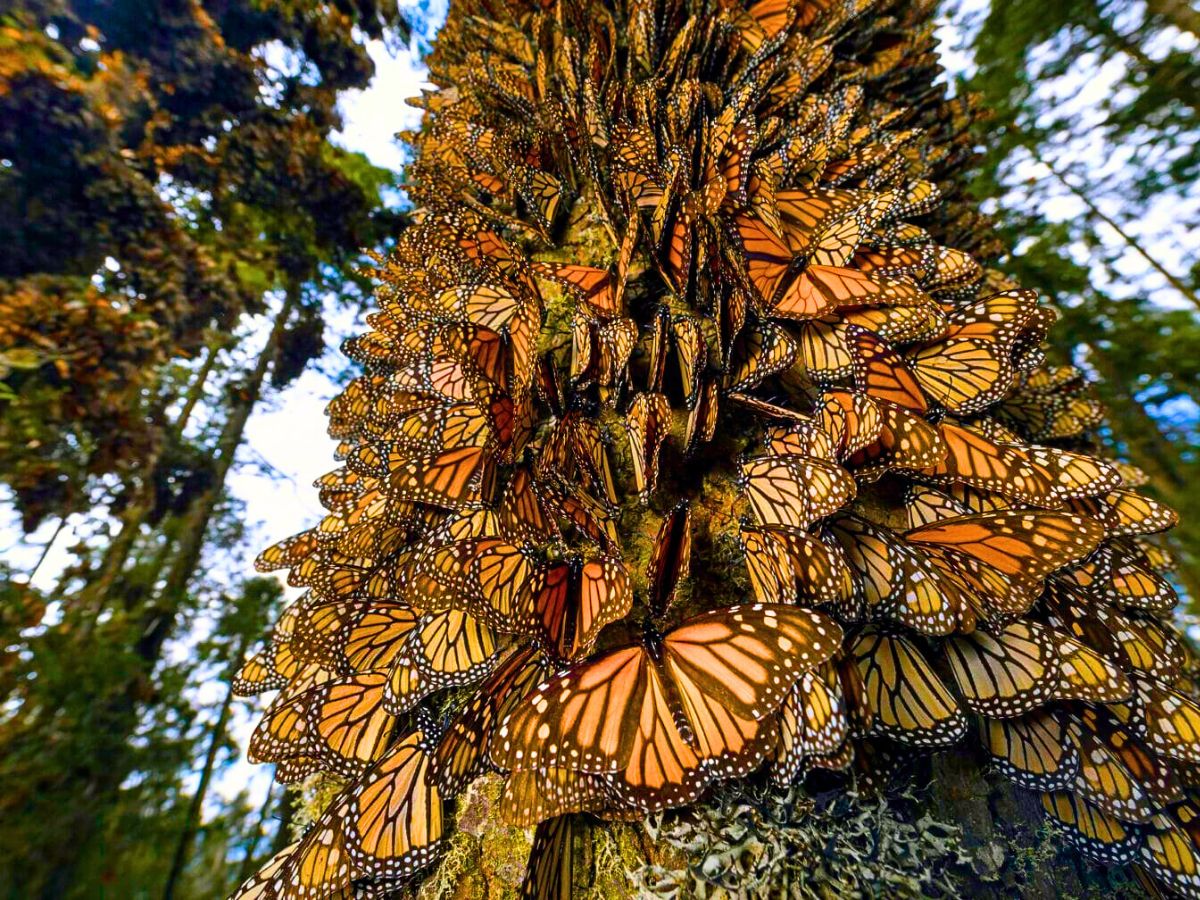
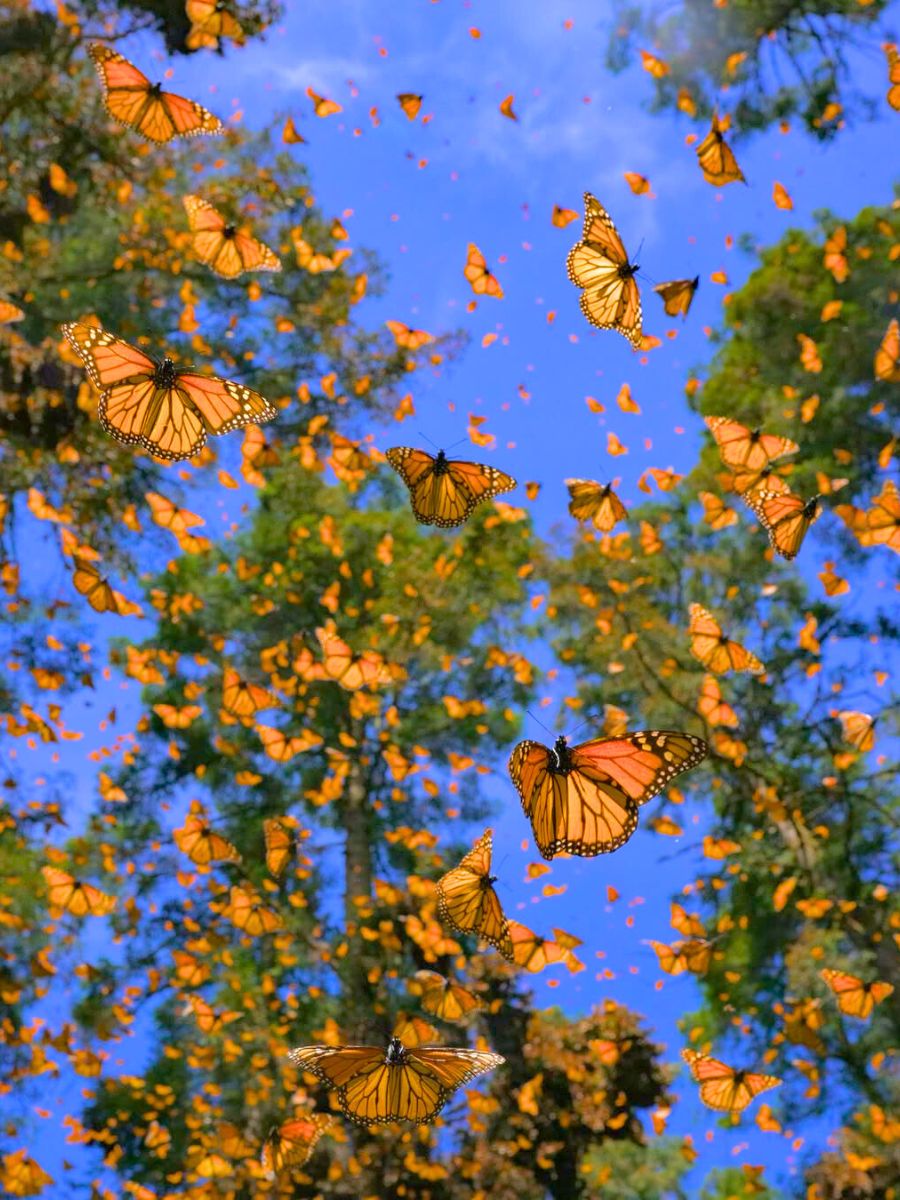
Monarchs have a two- to five-week lifespan in the summer, but if they hatch later in the year, they make the amazing trek south, where they spend the winter in groups on trees in warmer areas. These adults will then live just long enough to hatch new eggs so future generations can return to the northernmost breeding grounds.
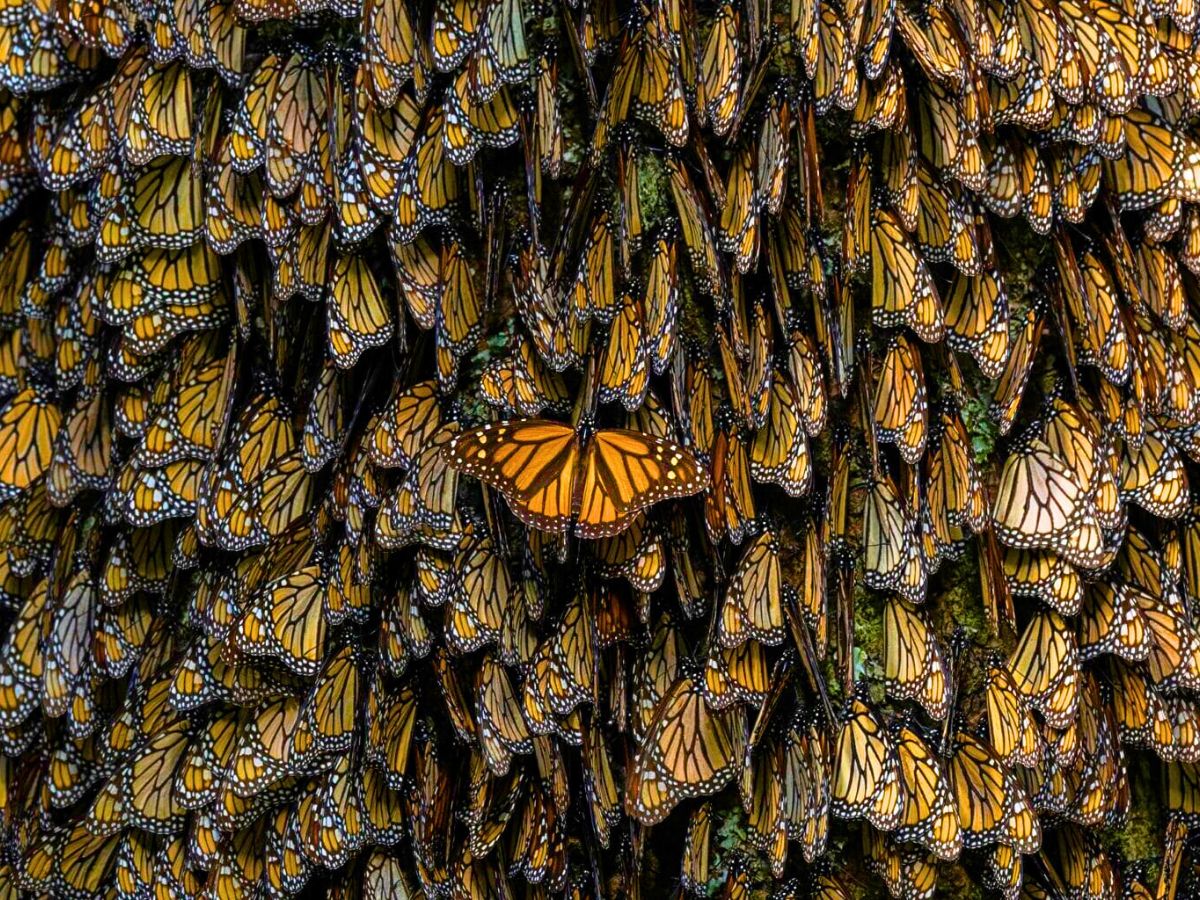
Conservation of Monarch Butterflies
The elimination of milkweed, the only plant on which monarchs lay their eggs, and overwintering habitats, as well as temperature shifts and drought brought on by the global climate crisis, are just a few of the many reasons why monarch populations have decreased in recent decades. This fundraising supports programs like 'Monarch Watch', which prioritize conservation, monitor the migrations of colonies, and advance education.
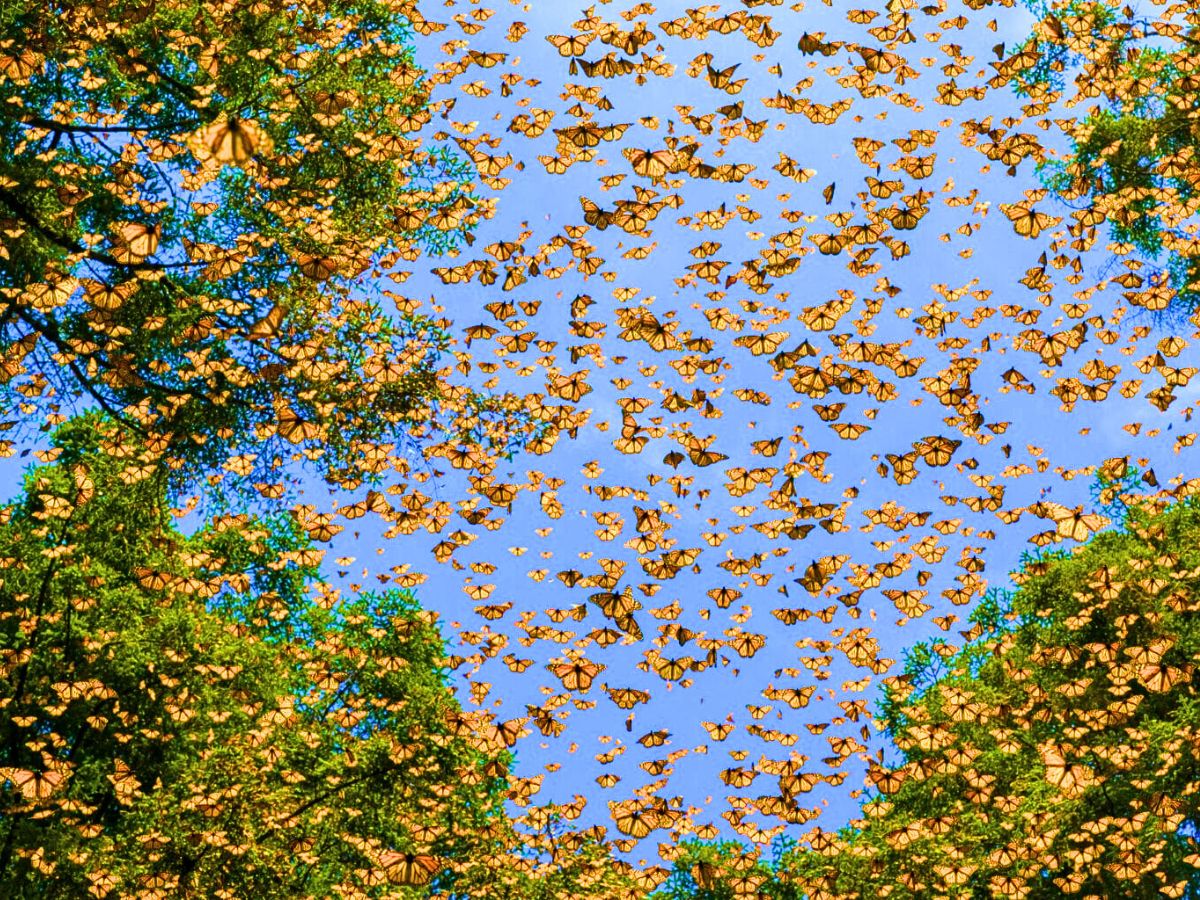
With options for various sizes and eye-catching limited editions, many prints in this year's sale start at $100. Through Monarch Watch and FOCEN, sixty percent of the proceeds are designated to help monarch conservation. The remaining 40 percent of proceeds further the efforts of the storytellers who are committed to shining a light on these critical issues and driving positive change in our world via donations to COICA, an international program dedicated to the support of 511 Indigenous Peoples in the Amazon Basin.
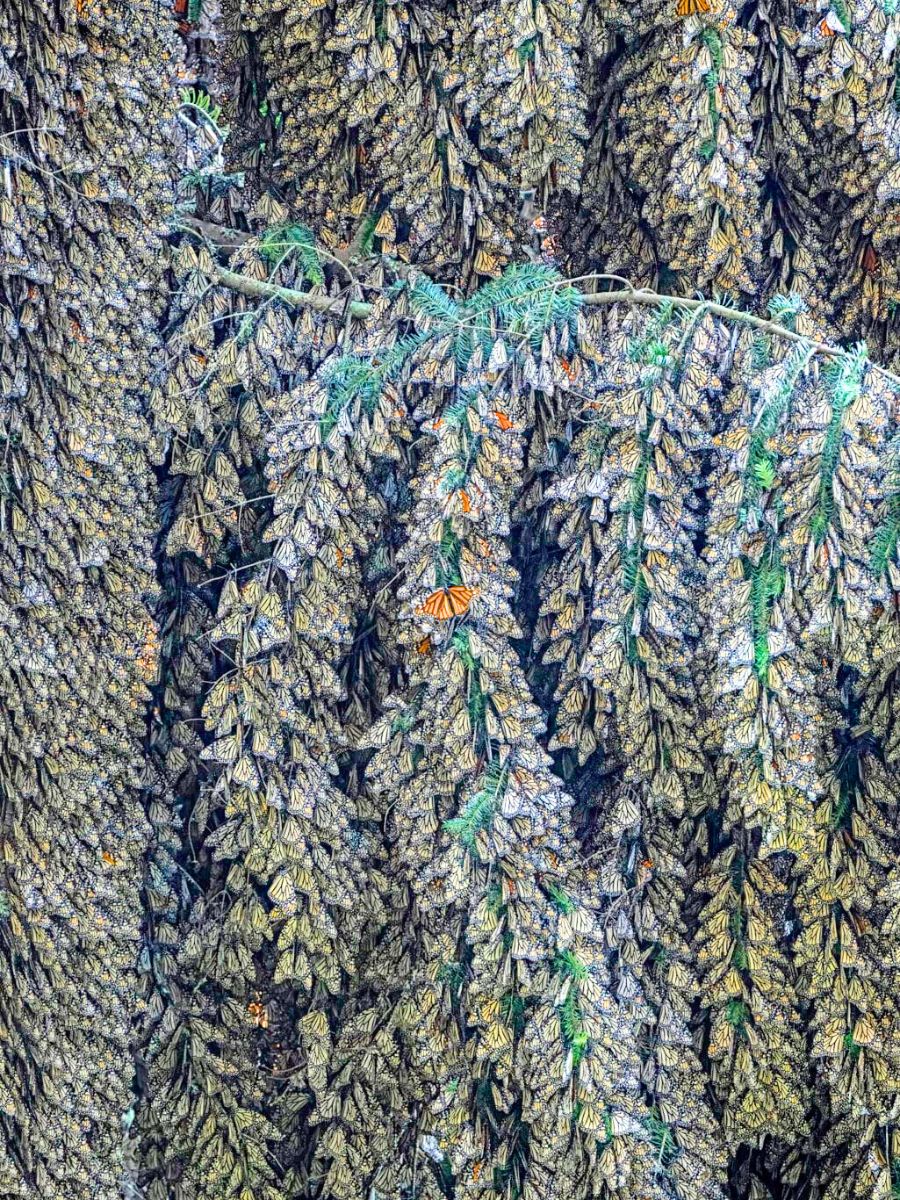
More About Jaime Rojo
Jaime Rojo is a photographer and National Geographic Explorer with a background in conservation, who focuses on environmental stories about wilderness and wildlife and uses his images as tools to protect nature. He has spent 20 years documenting Monarch butterflies, and his story, 'Saving the Monarchs'—a visual exploration of their migration, the threats they face, and the efforts to protect them—was featured on the cover of National Geographic in January 2024.
He also serves as a communications advisor to environmental organizations, corporate clients, educational institutions, and government agencies worldwide. He is a TED speaker, a Senior Fellow of the International League of Conservation Photographers, a trustee of the WILD Foundation, and has received honors from prestigious competitions such as World Press Photo, Wildlife Photographer of the Year, and Pictures of the Year International.
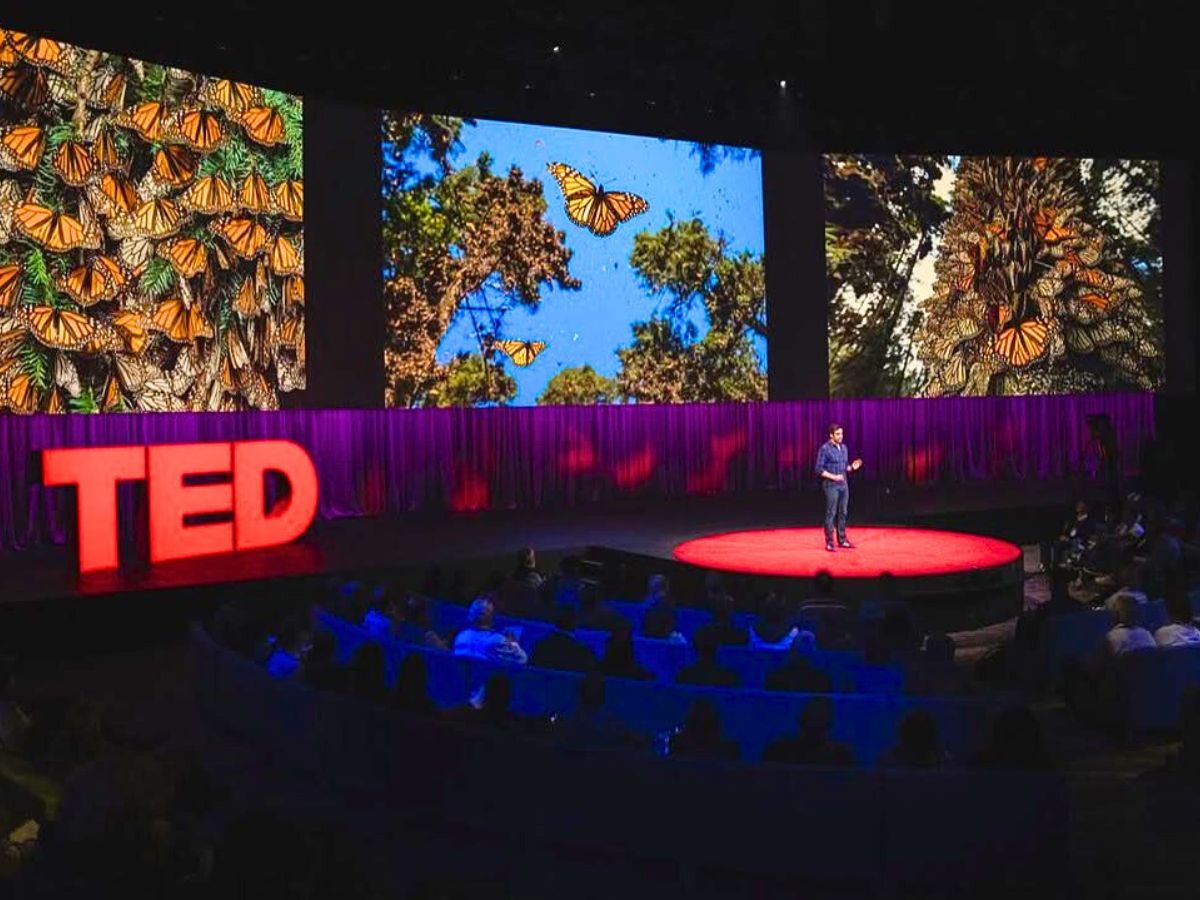
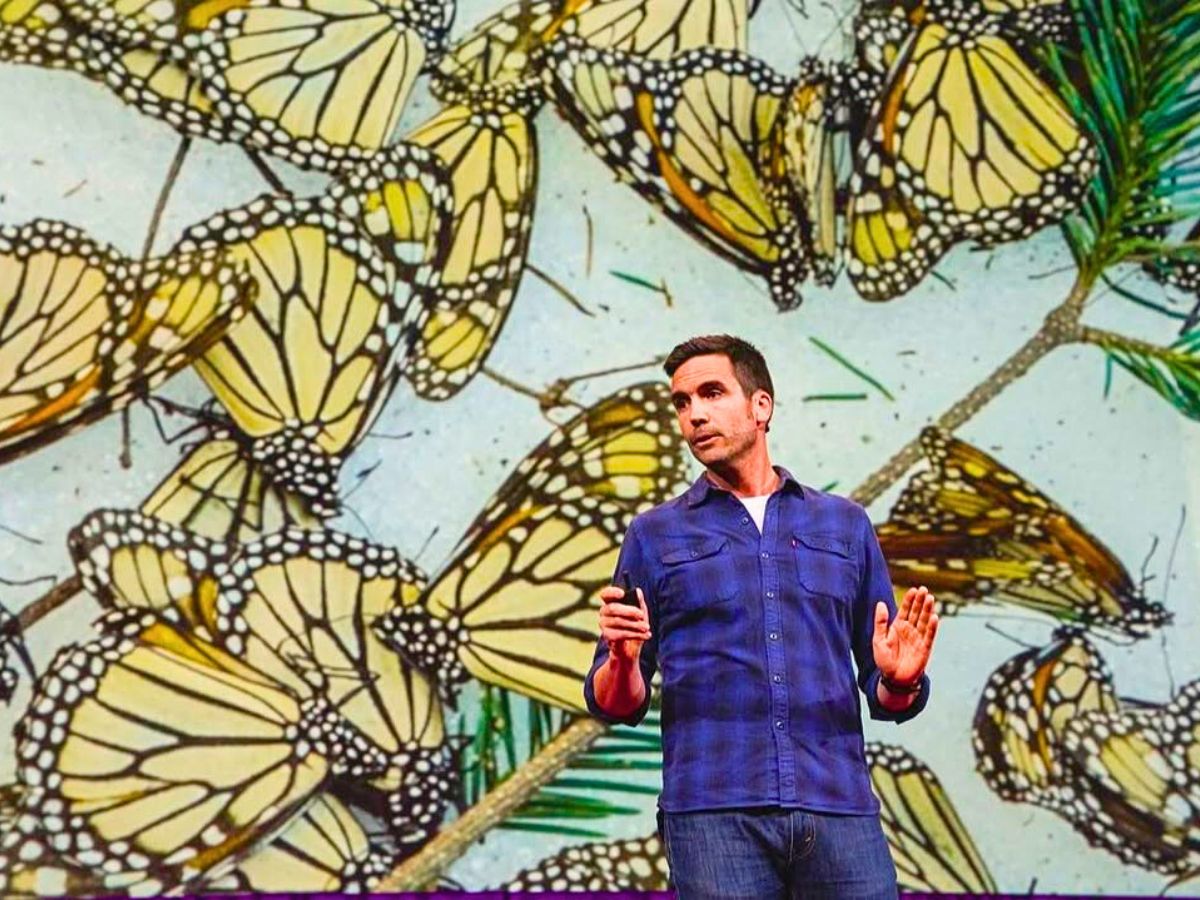
More About Vital Impacts
Vital Impacts is a women-owned and operated non-profit organization whose mission is to support grassroots organizations that are protecting people, wildlife, and habitats. They use powerful visual storytelling to amplify these organizations' stories and sell fine art prints to fund this work.
Photos by Jaime Rojo.

